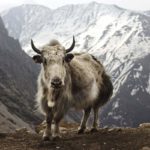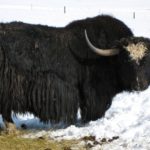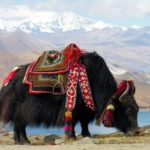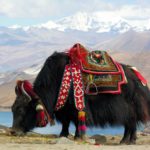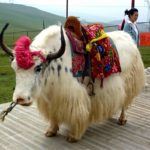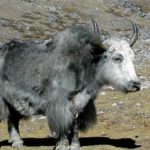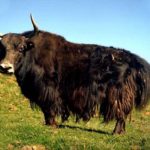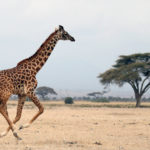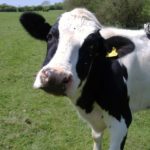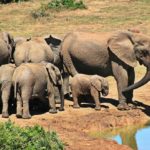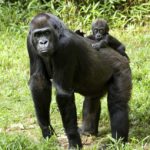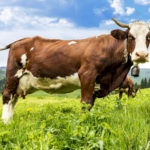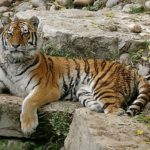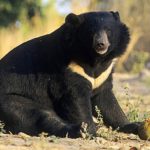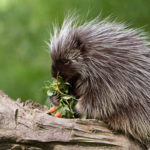Yaks
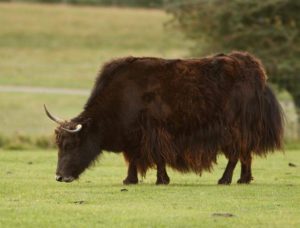 Refers to the family of Polaroid. He is also called a grunting bull, because if he is dissatisfied with something, he grunts, which is not characteristic of cattle. Originally, the native land of the yak is Tibet. Of particular value is yak milk, for which this animal is bred. In Russia, yaks are kept in zoos, planted on pastures. Nomads in large numbers spawn yak, especially those that are on the border with northern India, Bhutan, Afghanistan, Dagestan.
Refers to the family of Polaroid. He is also called a grunting bull, because if he is dissatisfied with something, he grunts, which is not characteristic of cattle. Originally, the native land of the yak is Tibet. Of particular value is yak milk, for which this animal is bred. In Russia, yaks are kept in zoos, planted on pastures. Nomads in large numbers spawn yak, especially those that are on the border with northern India, Bhutan, Afghanistan, Dagestan.
This is a huge animal with a long body. Legs, in relation to the body are short, wide, the head is massive, it sits rather low. Yak can grow up to 2 meters in length, and weight, especially in older people can reach 1000 kg. In length, the body reaches 4 meters, one-quarter of the total length can fall on the tail. Females are almost half the size of males, having a length of 2.5 meters, and an increase of 1.5 meters, they weigh only 360-370 kg.
On the back of the yak is a hump. Horns are present in both sexes, both in females and in males, the horns are long, but thin, widely spaced. Horns rush forward and curl up. In length reach 1 meter. Yak’s legs are practically invisible, it’s because their hair is long, thick, dense, it hangs almost to the ground, covering their legs.
Coloration of wool is monophonic, often black, or dark brown, only on the muzzle can be white or light blotches. The undercoat is so thick and dense that even the harshest winters are not afraid of him. In the spring and summer yak molts, the undercoat falls out large coils or shreds. On the body, the fur is even, but on the legs it is shaggy and long, which is very similar to the “skirt”.
Distinguish wild and domestic yak. Wild yak is extremely rare, as it can not be in the vicinity of a person. To date, wild yak can be seen only in the highlands of Tibet, at an altitude of 3000-5000 meters, and in summer climbs even higher. Due to the fact that he lives at such heights, his lungs and heart are larger in size than the yaks that live below.
Fetal hemoglobin, which is present only in the early stages of development, they have throughout life. As a consequence, it can carry more oxygen. Wild yaks have a thicker layer of fat, a limited amount of sweat glands, because of this they can not tolerate temperatures above 15 degrees.
